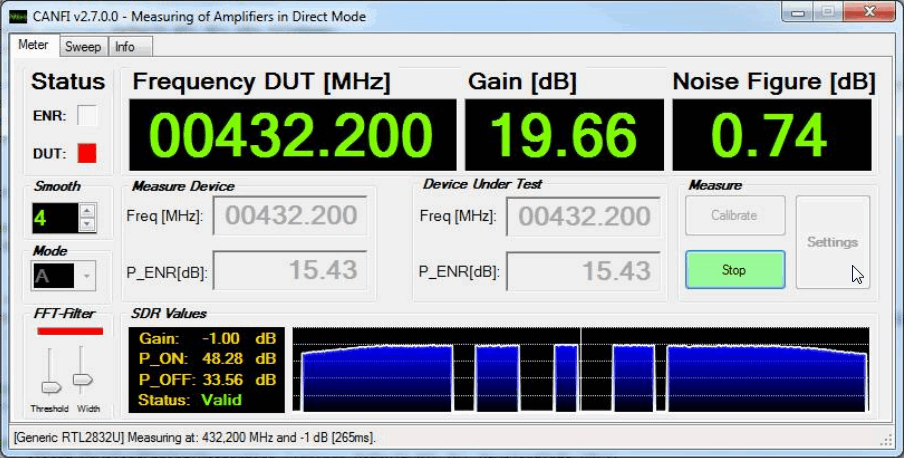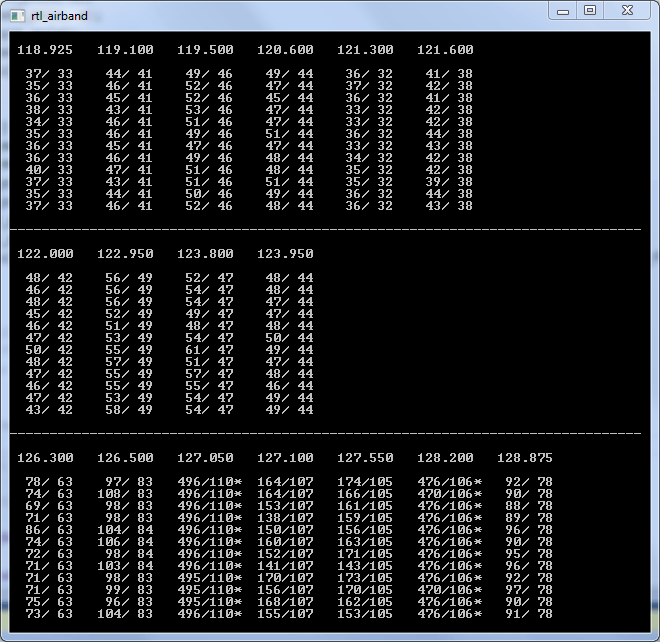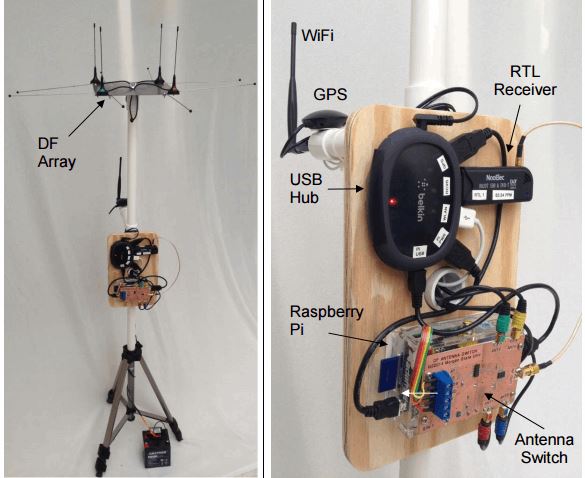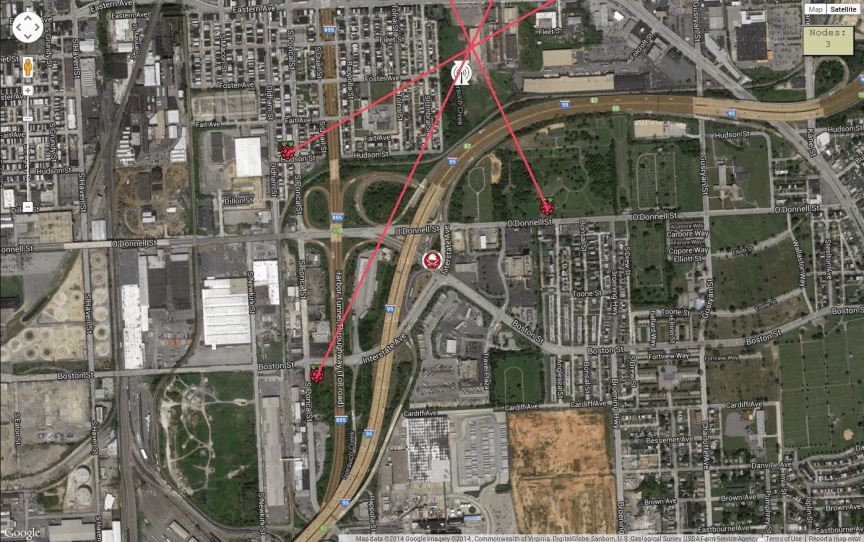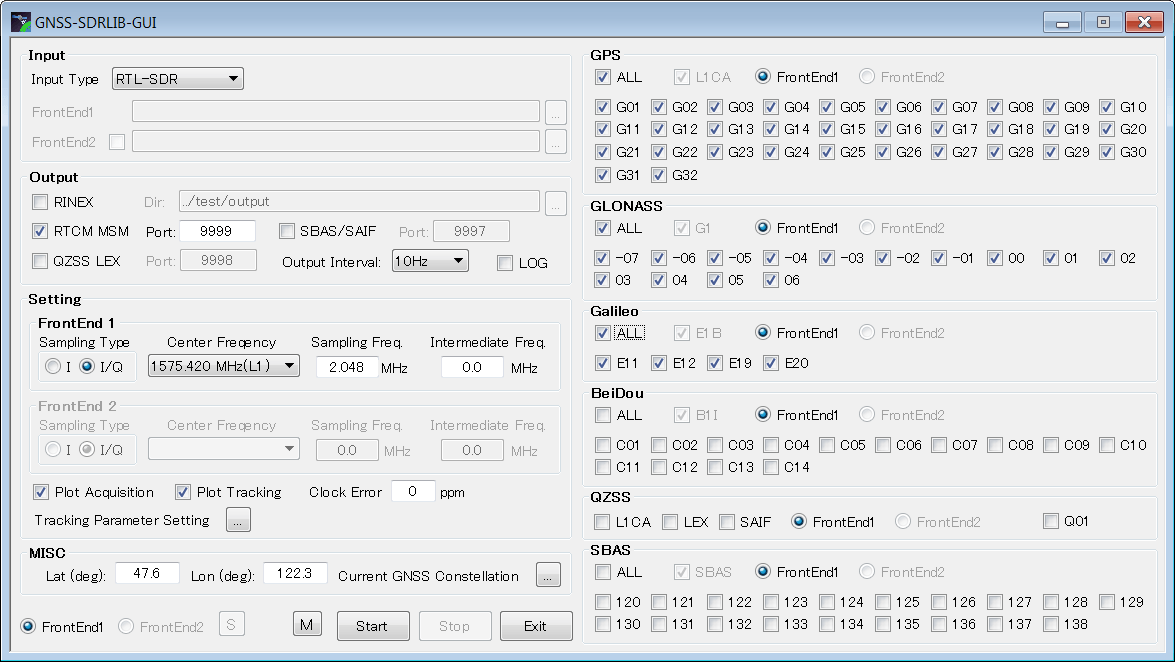CANFI: Cheap Automatic Noise Figure Indicator Updated to V2.7
Back in July 2014 we posted about the CANFI (Cheap Automatic Noise Figure Indicator) system. The CANFI system is a set of hardware components that include an RTL-SDR and a corresponding software program for control. Back then the CANFI system only supported E4000 dongles. However, recently CANFI was updated to version 2.7 and now supports the R820T/2 tuners as well. The documentation has also been heavily improved. The authors of CANFI introduce their system as follows:
One of the main tasks for an experimenting microwave amateur is to measure the Gain (G) and Noise Figure (NF) of a particular receiving device. For this one will need a Noise Figure Indicator and a (calibrated) Noise Source.
There are a number of commercial devices available from different vendors at prices which will exceed an amateur’s budget by many times. A lot of them can be found on the surplus market but this doesn’t help very much. A combination of both meter and noise source is barely sold below the 2.000€ margin.
Since a lot of cheap DVB – T sticks became available the idea was born to use it together with a homebrew noise source as a very cheap alternative to commercial devices [1]. It is now possible to build a suitable solution within a budget of 100 – 200€. Using a PC with USB port for communication and power supply such a device is very compact and almost compatible to an industrial solution. Special software gives a convenient user interface. Last not least you can reuse the DVB-T stick (together with the preamplifier) as a sensitive receiver along with SDR software.
To create a CANFI system you will need an RTL-SDR, a MGZ 30889 preamp, a noise source, a 28V boost converter to power the noise source and a serial to USB converter to control the noise source.
